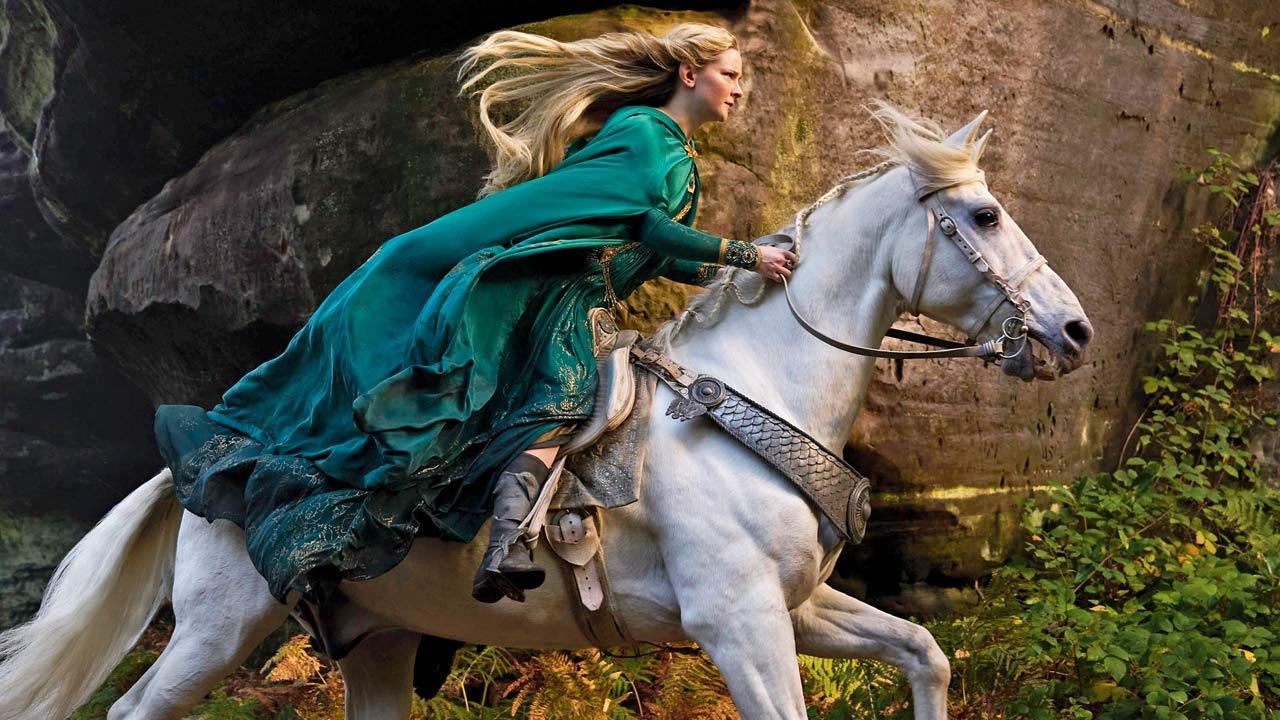Home / Entertainment / Web Series / Article /
Creating the darkest chapter of adventure
Updated On: 27 August, 2024 07:31 AM IST | Mumbai | Letty Mariam Abraham
Showrunners JD Payne and McKay give an in-depth look at the making of The Rings of Power, and discuss the challenges and creative decisions involved in adapting JRR Tolkien’s work for the screen

A still from The Lord of the Rings: The Rings of Power
One ring to rule them all, one ring to find them; one ring to bring them all and in the darkness bind them.” The famous words of Gandalf set the ball rolling on showrunners JD Payne and Patrick McKay’s series, The Lord of the Rings: The Rings of Power. Inspired primarily by the appendix of JRR Tolkien’s novel series, The Lord of the Rings, the Amazon Prime Video offering begins thousands of years before the novel and depicts the major events of Middle Earth’s Second Age, which is before the Dark Lord Sauron brought his terror and orcs to take over. While the first season explored how Gladriel, an elven warrior, believed that evil is returning to Middle Earth, the second edition showcases the rise of Sauron, and the crafting of the nine rings for mortal men, seven rings for the dwarves and three rings for the elven-kings.
So, what does it take to create the screen adaptation of Tolkien’s hugely popular books and give audiences an awe-inspiring fantasy world? Minute attention to detail and respect for the source material, say Payne and McKay as they break down the series’ making.




